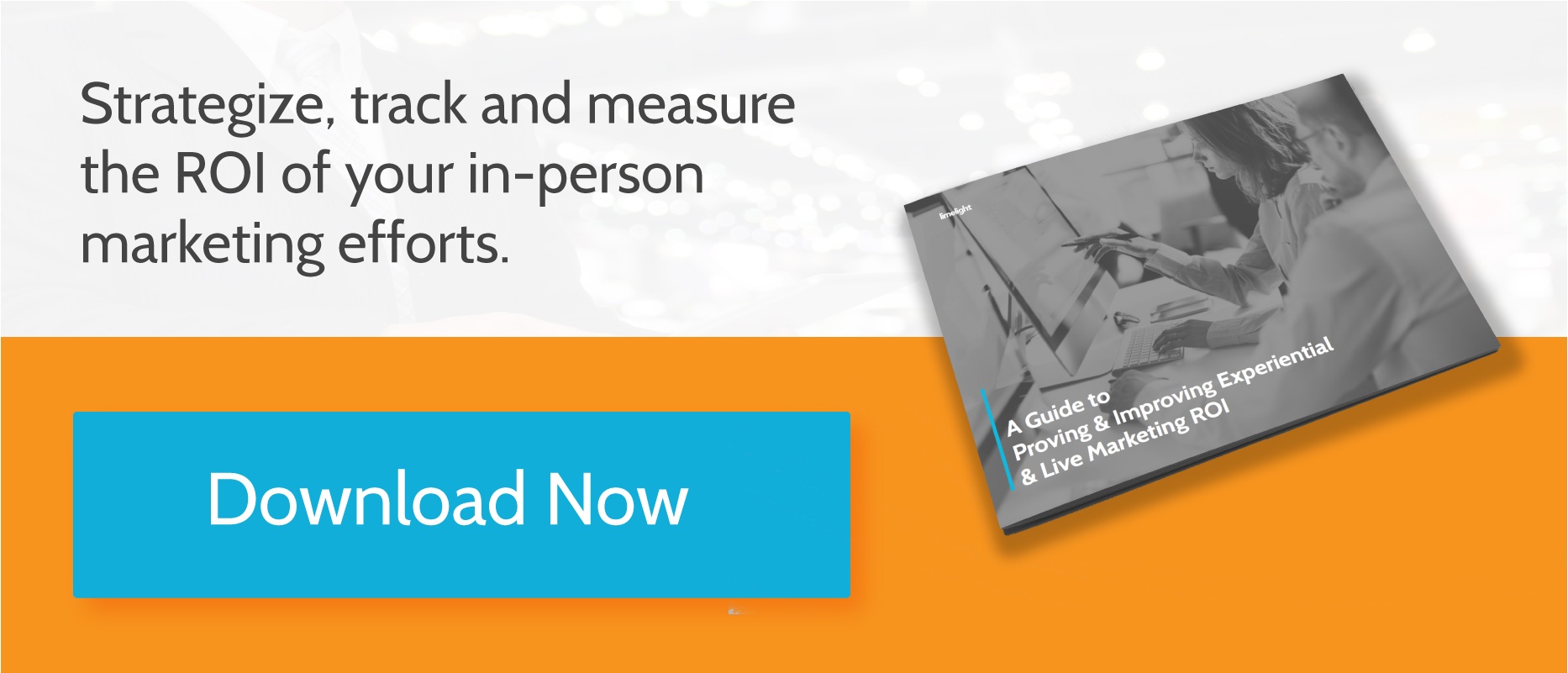Banking on Brand Affinity: How Financial Service Firms Can Stand Out
.png?width=50&name=download%20(1).png) By
Julia Manoukian
·
2 minute read
By
Julia Manoukian
·
2 minute read
Challenger banks and FinTech firms are putting traditional financial institutions under pressure to build better relationships with their customers. Capgemini reports that fewer than 40 percent of customers believe their banks have an adequate understanding of their needs, while Accenture has revealed that 79 percent of consumers state they have a transactional relationship with their bank, and nothing more.
Consumers are demanding better user experiences, but they’re not always getting it – and they’re not afraid of switching. This is particularly so for millennials, who, according to a FICO survey, are up to three times more likely to switch banks than other customers. Even more alarmingly, BBVA reports that one in three millennials say they would be open to switching banks in the next 90 days if the right offer came along.
How the Latest Technology Can Help Financial Institutions Make an Impression
A significant part of the answer lies in technology, and, more specifically, data. The good news is that most banks already have millions of data points on their customers. Properly used, this can help them better understand the needs and desires of their customers and use that knowledge to deliver value and build relationships.
How Zions Bank Used Big Data to Improve Customer Satisfaction
Zions Bank leveraged their data to improve their relationship with their Hispanic customers. Speaking to American Banker, Juancarlos Judd, Senior Vice President at Zions Bank, said that using big data enables the bank to “enhance our product base and know what we should develop to meet the needs of each group.”
The bank uses their data to identify Hispanic customers and then segment them by affluence, education and other factors. The data in these segments is then used to identify their needs and help them develop and market the appropriate products for them. The appropriate use of data has enabled Zions Bank to grow its Hispanic customer base by 10 percent to 15 percent several years running.
3 Things Banks Must Do to Successfully Leverage Big Data
It is clear that banks must embrace big data to help them build better customer relationships – but how can that data be converted into actionable insights? Here are three things banks must do:
- Break Down Silos – Data must be successfully pooled from all the different silos across the bank. Transaction data, call data, product ownership and in-branch conversations all work together to build a picture that is greater than its parts. To achieve this, banks must break down data silos.
- Hire Skilled Data Analysts – Capgemini reports that 40 percent of banks cite a lack of skilled personnel as one of their main barriers to implementing big data. Having the data is not enough; financial institutions of all sizes must invest in their teams so that they can tease out valuable insights from their information.
- Invest in Big Data Now – For some banks, big data is not yet of critical importance. This is a mistake. It is true that using it to its full potential could require significant investment (particularly in the case of banks that have to replace legacy systems in order to break down silos), but this investment is necessary for the bank to grow and flourish.

